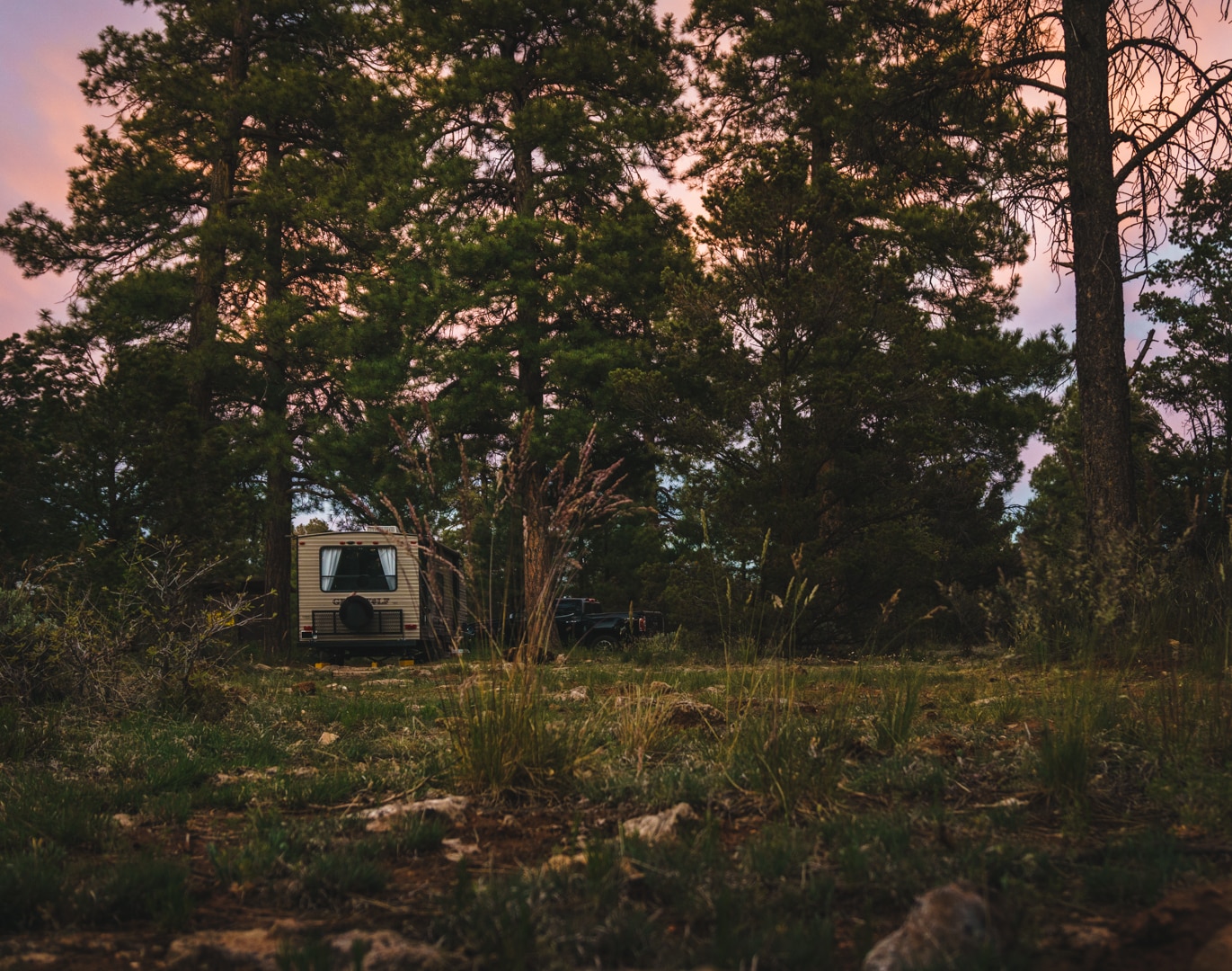Products You May Like
When many people think of camping and RVing, they imagine a campground that’s pretty developed. However, there’s many square miles of land that falls under the care of the Bureau of Land Management (BLM). This land is for public use and is open to camping. The best part is that it’s free to use this land, and there’s a lot of it out there.
What is BLM?
As I said above BLM land is land designated for public use. While it might not see like there is a ton of BLM land out there if you live on the east coast or in the midwest, you’ll find if you go west it makes up a huge portion of the land out there. If you combine BLM land with all of the National Forest Land, which is also public-use land, then you’ll get about 25 percent of the land in the entire country.
That’s a lot of ground, and much of it is ready an open for you to camp on it. The land was designated for public use thanks to The Federal Land Policy and Management Act of 1976. Accessing the land is a great way to see some of the most impressive parts of our great country, and I highly suggest you do some BLM camping at some point.
You Can Stay at a BLM Campground
There are a wide variety of campgrounds within BLM land, from developed facilites with restrooms, potable water, electrical hookups, picnic areas, dump stations, and more to campgrounds that offer little more than a pit or ring for your campfire. If you want to camp at one of these designated campgrounds, then you’ll often need to pay a fee. Most of the time, these campgrounds are first-come, first-serve.
You can also make reservations for a campsite at a specific campground. To make reservations at a campground, head to recreation.gov and find the campground you want to stay at and make your reservation. It’s important to note that some campgrounds may have restrictions on the size of RV you can have. This is something you need to check ahead of time. Each campground is different.
You Can Also Boondock for Free
Boondocking on public land is also and option and it’s free. This is often called dispersed camping, and is the same thing as boondocking in an RV. Dispersed camping is allowed in many areas of BLM land. You can find a map of the land that allows dispersed camping on the BLM website. Another option is to download the Public Lands app. This app will show you all of the different types of public land right on your phone.
One thing to note about boondocking on public land is that your stay can’t exceed 14 days in a 28 day period of time. This means you’ll have to move every 14 days. If you plan on spending a long period of time out camping on BLM land, then you’ll have to find a few areas to move around to as is needed. This usually isn’t a problem, because you’ll need to empty your RV’s holding tanks from time to time, and it makes sense that you’ll need to leave to find a dump station.
When boondocking on BLM land, keep in mind, this land is here for public use, but it needs to be respected and treated well. Practice “leave no trace” camping guidelines. You want to leave the land exactly as you found it so the wildlife there can prosper, and so that other people who come after you can enjoy the land.
What are your thoughts on BLM camping and RVing? Leave a comment below. Do you have anything you think should be added? Leave that in the comment section below, too!


